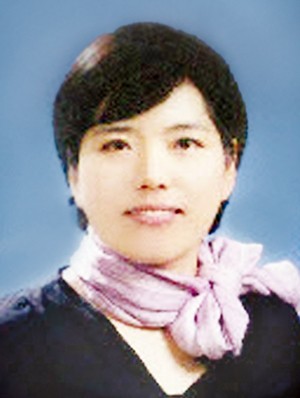Source: Gwangju Daily News (“Do you think of 'media art' as a fresh concept?,” by Jeong Nang Choi, May 23, 2019. Translated from Korean.)

I recently had a special experience involving emerging media art. It was through the American Arts Incubator program, hosted by ZERO1 and the US Department of State. They collaborated with the US Embassy and Gwangju Cultural Foundation to carry out this unique month-long event. It was a workshop in which we discussed matters of societal impact such as social inclusion. As a group, we sought to express our thoughts on these issues through media art techniques.
Many people who have little-to-no experience in the arts, like myself, participated in this workshop because it welcomed ordinary people and artists alike. The artist who lead the workshop was Lauren McCarthy, a professor and researcher at UCLA. She began by delivering a presentation on a coding program that she designed called p5js. By entering data into this program, it enables the recognition of facial expressions, body positions, and objects.
After completing the basic coding course, the participants were divided into teams. Then the teams began to develop their projects in line with the social inclusion theme. They asked one another: “Is there a moment when I was marginalized or excluded?” They proceeded to dig into what the experience was, when it happened, and why. Following, they began a conversation about when they had a sense of belonging or being welcomed.
It was from these discussions that they reached a general consensus and began drawing up their team projects. Due to the diverse range of ages and life experiences among participants, ideas were in a lengthy state of back-and-forth debate. Lauren facilitated and helped to guide participants during the process.
After much intensive effort from the members, the four teams completed their art works. The first team created “Ill-Iteracy”: a system where analog and digital devices could successfully coexist. Team two made “I LOVE YOUt” which focused on restoring mutual understanding and respect between community members through the traditional Korean game, Yut Nori. The third team used surveys to ascertain how people felt and then created digital environments to overcome anxiety and emptiness in their piece “Feel-Fill”. The fourth team “How to Understand Your Daughter”, took on the task of finding unique perspectives on parent-child conflicts.
The four works were displayed for exhibition at Artspace 338 for about 10 days. The opening began with a briefing on each piece, presentations on the works, a panel review, and finally, audience questions that led to intense and in-depth discussions.
Through this workshop, I had the opportunity to meet emerging media artists who live in Gwangju and abroad. I felt pride and contentment in the fact that I was given the chance to collaborate with world-class artists and researchers. I also felt pride in being a part of Gwangju city, 'the pillar of innovative media art'.
The finished works will be displayed and presented again at a special exhibition in the 2019 International Symposium on Electronic Art (ISEA) that will be held for a week at the Asian Culture Center. I hope that researchers, viewers, and artists alike will come to see what kind of emerging media art was produced.